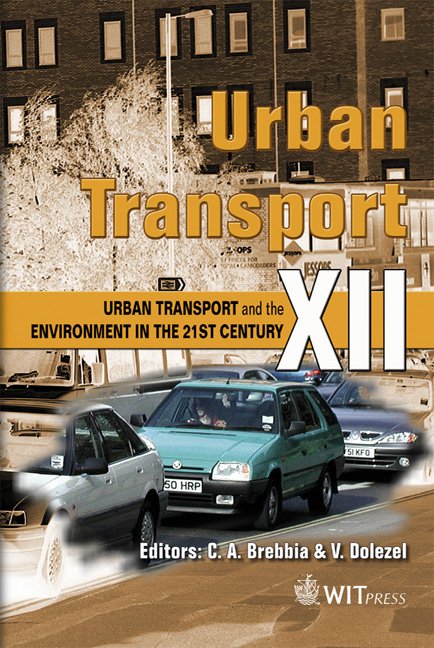Freight Modal Split Models: Data Base, Calibration Problem And Urban Application
Price
Free (open access)
Transaction
Volume
89
Pages
7
Published
2006
Size
353 kb
Paper DOI
10.2495/UT060371
Copyright
WIT Press
Author(s)
A. Cappelli & S. Nocera
Abstract
In the last 15 years, freight market developments concerning organization, rules and data communication have determined a shift from planning to flexibility: this implies not only higher frequency and variety in the shipments, but also higher average speed, reliability and actual security of the travels. It is also important to be able to forecast the modal choice of the customers within an acceptable approximation margin in these new conditions. The past attempts seem to prove that the nested logit models are currently the most studied and used tools for the forecast of the transport demand, and particularly for the modal split [10, 11]. The most difficult challenge is however the correct calibration of the freight modal split models. The experts in the field are nearly unanimous in affirming that the transport decision makers are not only sensitive to the parameters of the \“classic” traffic models (above all, time and cost). For these reasons, the best way to represent the effects on the demand is constructing a model based on a survey on both stated preferences (SP) and revealed preferences (RP) [9]. This paper shows the problems in describing the modal split in the freight models, concerning: • an information system (Data Support System – DSS) able to describe the modal behaviours of the freight operators, as concern both the existing transport and new modes [5]; • the specification of meaningful variables also on the base of specific surveys and their complex interpretation in the reference scenarios, and the obvious problems of calibration of the results [7]; • the problem of calibration of the model at the national and urban level, on the base of the available DSS. Keywords: freight transport, modal split, RP and SP surveys.
Keywords
freight transport, modal split, RP and SP surveys.





